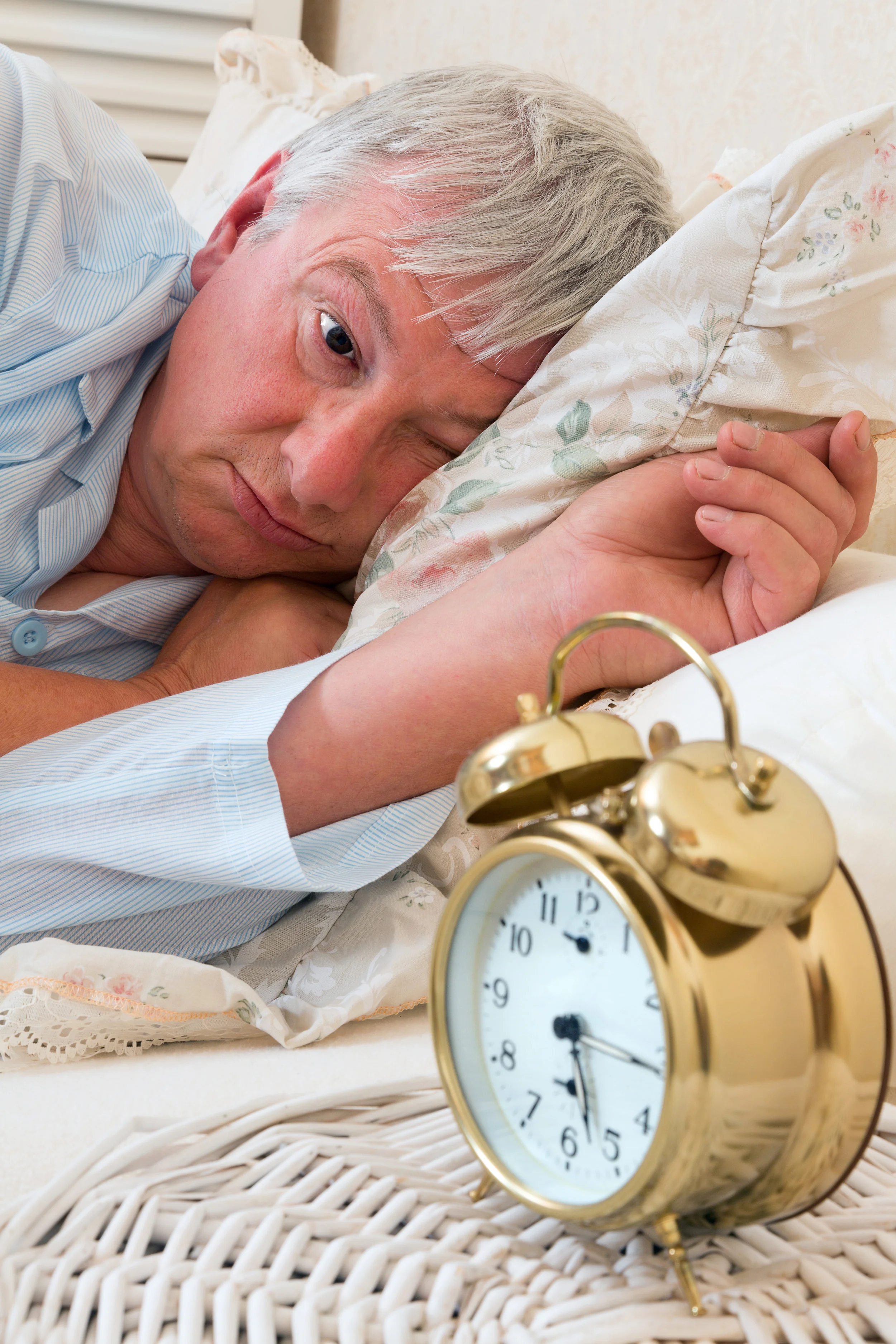Q&A: I want to get back to how I felt when I was younger, but I just don’t have the time! Help?
Doing something about your current physical condition can be tricky, there’s no argument there. A heavy work schedule, loads of commitments - it can be hard to find time to exercise and everything that’s required. But not ‘having time’, though a common theme in reasons not to exercise, is an easier statement to make than to understand.
When we talk about not having time, often we mean that we have too many other things that we consider to be a higher priority. Other times we actually mean that we find it difficult to change our habits, we are stuck in a routine that doesn’t permit us the time to spend on things that are ‘not urgent’. Whilst it is true that you may have to change a habit here, to forsake your immediate and long term future happiness, to achieve a meaningful and lasting change, you’d be hard-pressed to not consider this as important.
So how do you do the seemingly impossible and ‘make’ time? The first step is to reconcile yourself with what’s most important. If a pipe in your kitchen burst, regardless of your prior commitments you would ‘make time’ to stop the water from inundating your house and call the plumber. If you’re knee pain is bad enough to cause you worry, has you feeling down about whether you’ve still ‘got it’, whether you can play golf or garden carefree, doing something now is like knowing that kitchen pipe is going to burst and doing something about it just in time. An ounce of prevention is better than a pound of cure. So set yourself up with some inspiration about what the goal means to you, write it down and help yourself to get a little inspired.
Secondly, don’t change too many things at a time. Often just one thing at a time is enough. Sometimes that even means eliminating one competing demand on your diary, don’t do too many things at once but make sure that you actually do something. A little concept we use called ‘exercise snacking’, a treatment strategy for people with type II diabetes, involves just doing a maximum of 3 exercises with meals just like you would if you had a prescribed medication. Make sure though that the thing you plan on doing is actually something you’re likely to do, setting yourself up for failure is a real risk to your future chances of making change happen.
Lastly, once you’ve started to get change prepared and ready to happen, get some help. Telling someone about what you want to do, even if they can’t do much to help you is still an important tool in reinforcing change. If you have no idea where to start but you know you want to start somewhere, get the help of someone who’s actually spent years studying and implementing this stuff. Exercise Physiologists spend years studying behaviour change and everything it takes to make tricky changes stick. What’s more is that, when exercise is possibly a tool in the process of your change, an exercise physiologist can plan around all the variables – all that uniqueness that makes you, you. If you’ve got knee pain theres a good chance a movement based solution is part of the answer, but there’s every chance just rocking up to the gym or doing exercise as you’ve always done it is not your best way forward. You don’t know what you don’t know, as the old saying goes, an expert outsider opinion never goes astray.

